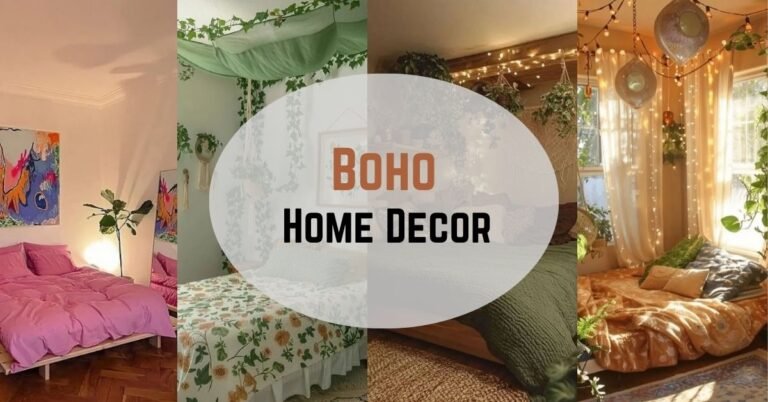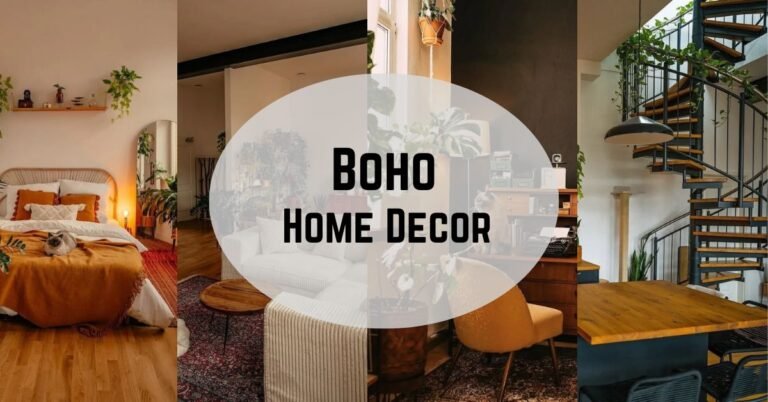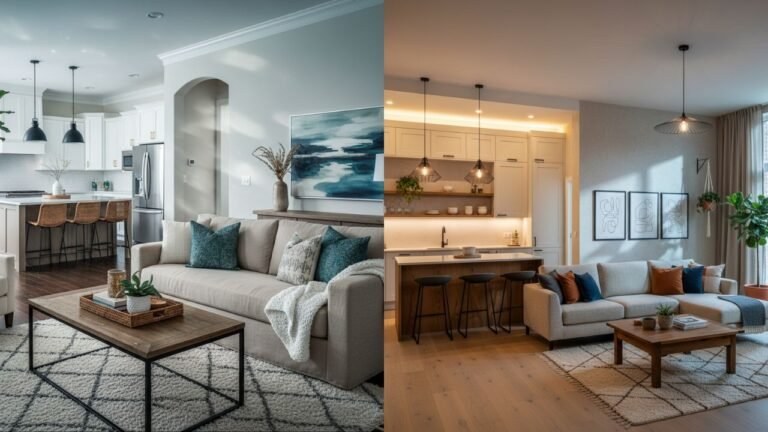Guide to Stunning Low Light Decor
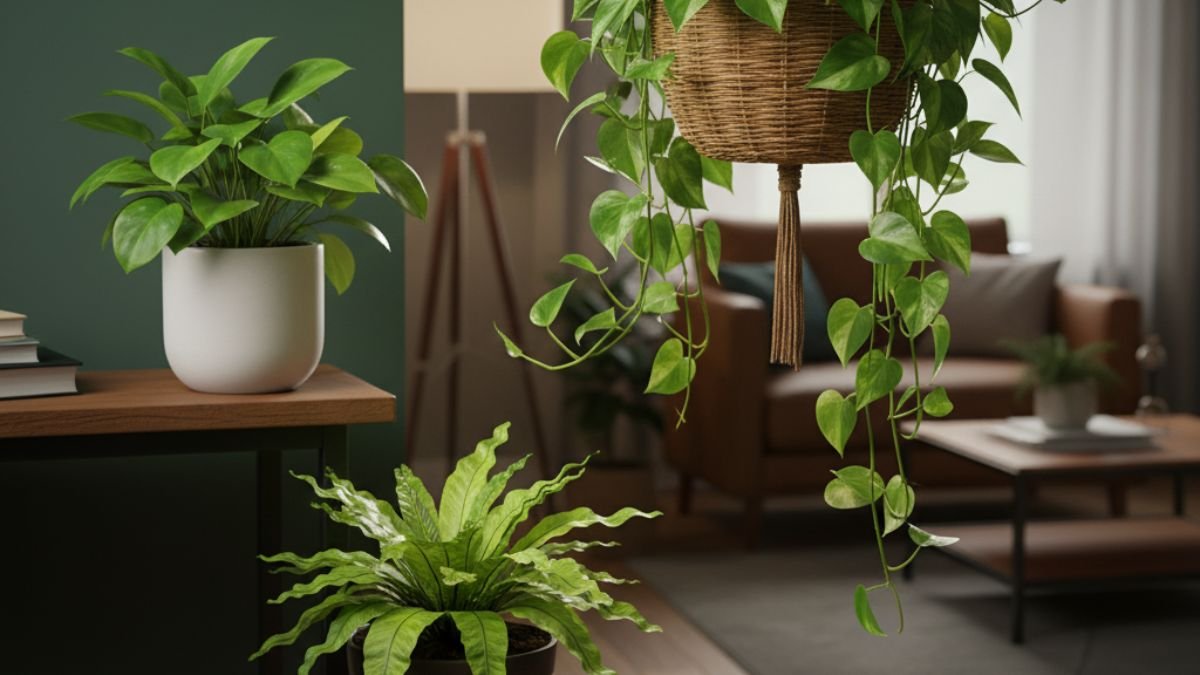
Transforming dimly lit spaces into vibrant, stylish havens is an art form, and the secret weapon in your design arsenal is the strategic use of low-light plants and decor. Forget the notion that rooms lacking abundant sunshine must remain stark and uninviting. With the right selection of resilient greenery and thoughtful styling, you can cultivate a lush, sophisticated atmosphere in any corner of your home.
The Stars of the Shade: Top Low-Light Indoor Plants
The foundation of successful low-light decor lies in choosing plants that thrive in less-than-sunny conditions. These botanical heroes are not only tolerant of lower light levels but also often come with the added bonus of being remarkably easy to care for.
For a touch of the tropics:
- Snake Plant (Sansevieria trifasciata): With its striking, upright leaves, the snake plant is a modern classic. It’s incredibly resilient, tolerating infrequent watering and a wide range of light conditions.
- ZZ Plant (Zamioculcas zamiifolia): Known for its glossy, dark green leaves, the ZZ plant is virtually indestructible. It stores water in its rhizomes, making it highly drought-tolerant.
- Peace Lily (Spathiphyllum): Elegant and air-purifying, the peace lily graces any room with its glossy, dark leaves and delicate white blooms, which can appear even in lower light.
For trailing and cascading beauty:
- Pothos (Epipremnum aureum): The ever-popular pothos is a versatile vine with heart-shaped leaves that can be found in various shades of green and variegation. It’s perfect for hanging baskets or training to climb.
- Heartleaf Philodendron (Philodendron hederaceum): Similar in appearance and ease of care to the pothos, this philodendron offers lush, heart-shaped leaves and a forgiving nature.
For a touch of feathery foliage:
- Bird’s Nest Fern (Asplenium nidus): This fern features a rosette of wavy, bright green fronds, adding a unique texture to your plant collection. It appreciates higher humidity, making it a great choice for bathrooms.
- Parlor Palm (Chamaedorea elegans): A classic Victorian-era houseplant, the parlor palm brings a touch of elegance with its delicate, arching fronds.
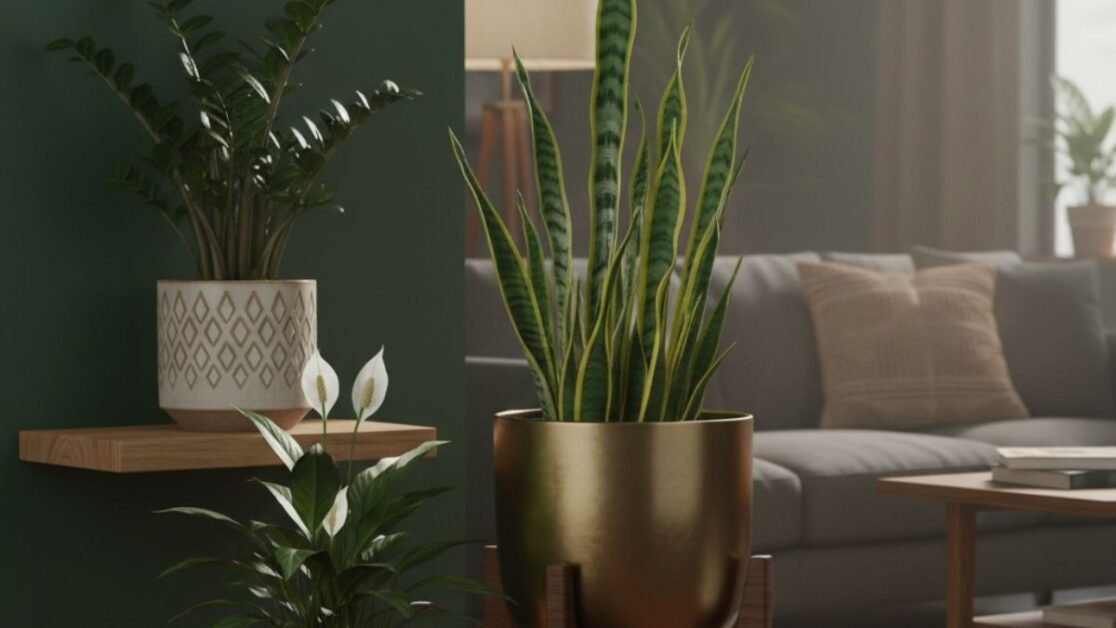
Creative Displays and Decorative Planters: Styling Your Greenery
Once you’ve selected your low-light champions, the next step is to integrate them seamlessly into your decor. The right planter and placement can elevate a simple houseplant into a stunning design element.
Display with Flair:
- Hanging Baskets and Macrame Hangers: Utilize vertical space by suspending trailing plants like pothos and philodendrons. This draws the eye upward and adds a bohemian touch.
- Shelving and Ledges: Group smaller plants in varying heights and textures on bookshelves, floating shelves, or fireplace mantels to create a dynamic green vignette.
- Terrariums: For humidity-loving plants like small ferns and prayer plants, a closed or open terrarium can create a captivating miniature ecosystem.
- Plant Stands: Elevate your plants to different levels with stylish plant stands made from wood, metal, or ceramic to add dimension to a room.
- Statement Corners: Transform a neglected corner into a focal point with a large floor plant in a decorative pot.
Choosing the Perfect Pot:
- Woven Baskets: Natural materials like seagrass, rattan, or jute bring warmth and texture to your space. Simply place a nursery pot inside a lined basket.
- Metallic Planters: For a touch of glamour and sophistication, opt for planters in brass, gold, or copper finishes.
- Ceramic and Terracotta: These classic choices come in a vast array of colors, patterns, and glazes to complement any design aesthetic.
- Head Planters and Quirky Designs: Inject a bit of personality with unique and playful planter shapes.
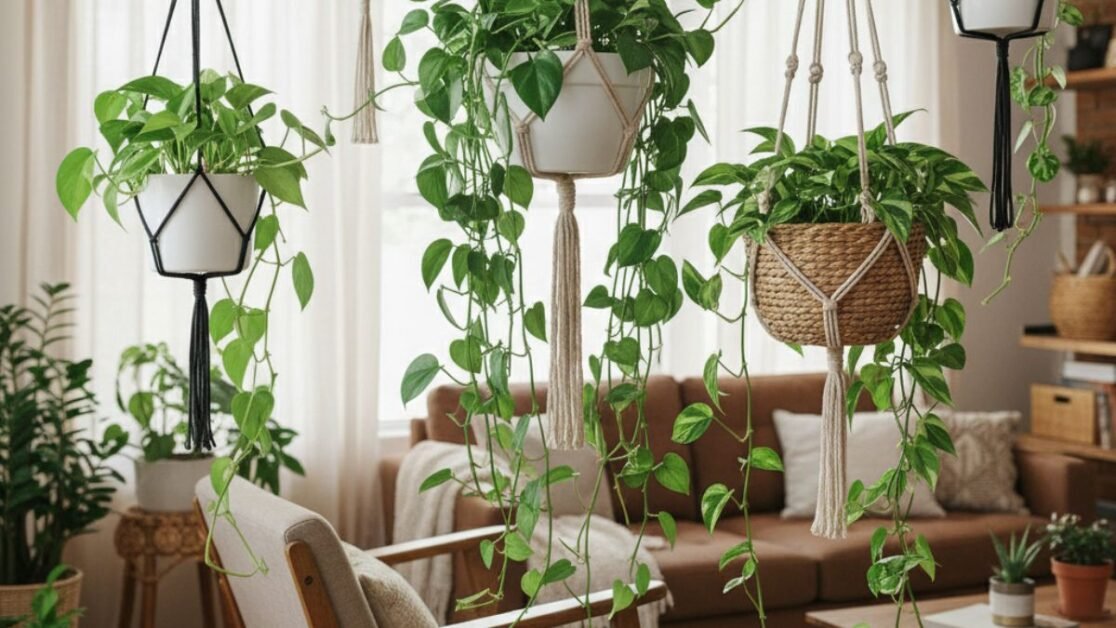
Nurturing Your Green Companions: Care in Low Light
Caring for low-light plants is generally straightforward, but a few key principles will ensure their long-term health and vibrancy.
Watering Wisely: Plants in lower light conditions photosynthesize less and therefore require less water. Overwatering is the most common mistake.
- Check the Soil: Before watering, insert your finger about an inch into the soil. If it feels dry, it’s time to water. If it’s still moist, wait a few more days.
- Water Thoroughly: When you do water, do so until water drains from the bottom of the pot. Discard any excess water from the saucer to prevent root rot.
Humidity Matters: Many low-light tolerant plants originate from tropical environments and appreciate a bit of humidity.
- Misting: A light misting a few times a week can be beneficial.
- Pebble Trays: Place your pot on a tray filled with pebbles and a small amount of water. As the water evaporates, it will increase the humidity around the plant.
- Grouping Plants: Placing several plants together can create a more humid microenvironment.
Common Issues and Solutions:
- Leggy Growth: If your plant’s stems are becoming long and sparse with few leaves, it may be stretching for more light. Try moving it to a slightly brighter location.
- Yellowing Leaves: This can be a sign of both overwatering and underwatering. Check the soil moisture to determine the cause.
- Brown, Crispy Leaf Tips: This often indicates low humidity. Increase misting or use a pebble tray.
By embracing the beauty of low-light plants and employing creative styling techniques, you can banish the gloom from any room and cultivate a home that is not only beautifully decorated but also alive with the calming presence of nature.
If you’re looking for more home decor ideas like Simple Cozy Living Room Apartment and Comfortable Apartment Living Room Guide subscribe to join us.


